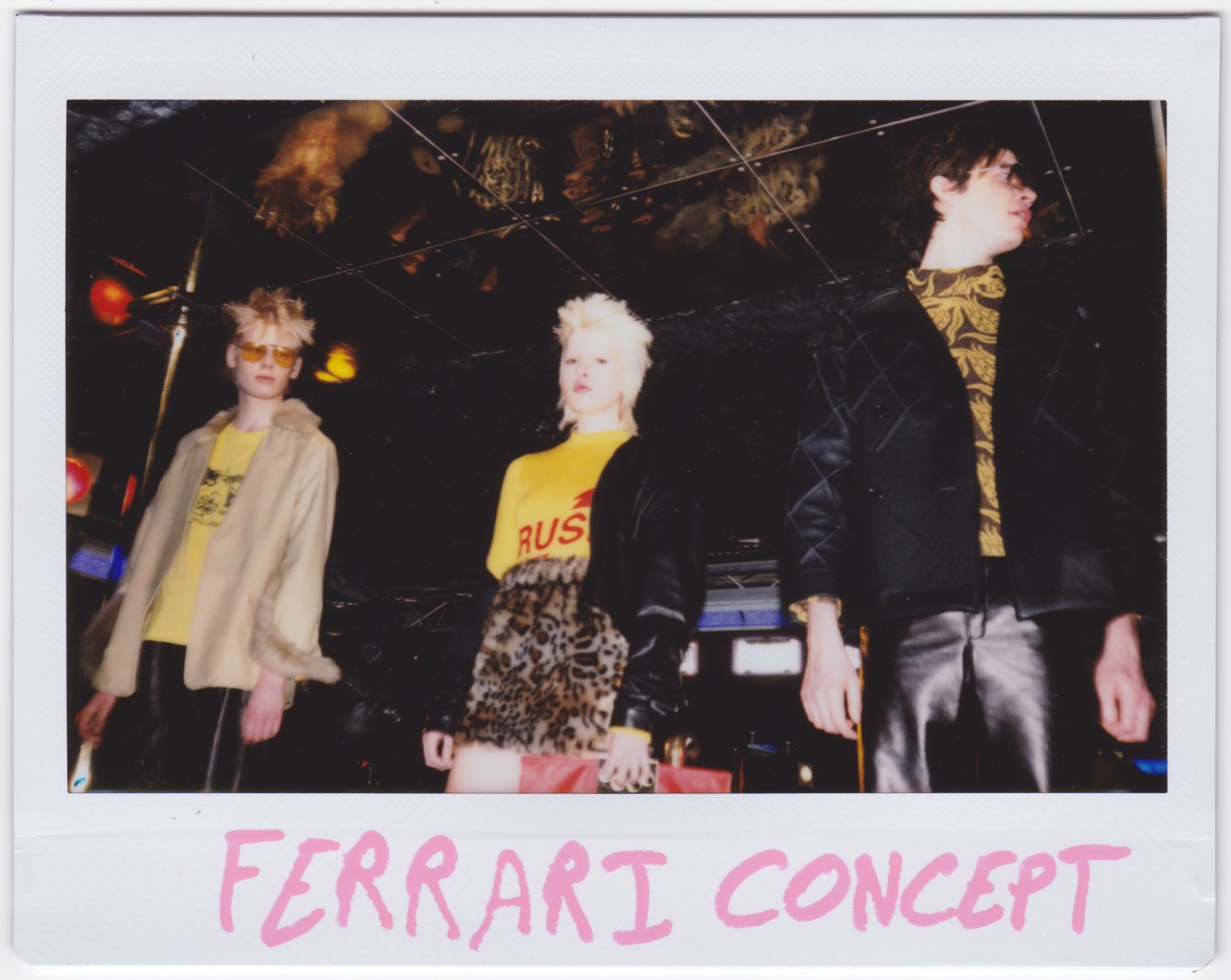It’s Paris Fashion Week and at Ferrari Concept’s presentation, strippers at the dimly lit ‘American Dream Strip Club’ move in between models wearing a collection licensed by Ferrari, as the name implies. The collection includes a range of miniskirts, suits and jackets made of leather accentuated with knitwear, leopard print, camouflage shirts, and pelts.
Despite the clichés that often come attached to a flashy sports car brand, they don’t necessarily apply to this tongue-in-cheek fashion label. In fact, the collection doesn’t look at all like its designed to be worn by the owners of expensive sports cars; instead it’s a collection that’s more nostalgic than futuristic. Even more so when ironic references to the automobile brand are set to appear in the next collection, as revealed by founder Paige Horinek. We caught up with her to speak models, gender, and of course, Ferrari.
How do you translate the silhouette, form, and speed of a car into fashion? Do you even think about a Ferrari when you’re designing clothing?
Our approach to design is very ironic. There’s a certain coolness associated with Ferrari, which we know, but we don’t want to adhere to necessarily. The name of the car brand is supposed to grab attention, and then we’re offering something that’s as silly as it is sexy, as unexpected as it is familiar.
To stick with Ferrari and the clichés associated with it, what does the color red mean to Ferrari Concept?
Red is bold, funny, sexy, powerful. And red will play an important role for us in the future without a doubt. I always found red synonymous with black — red is black for brave people.
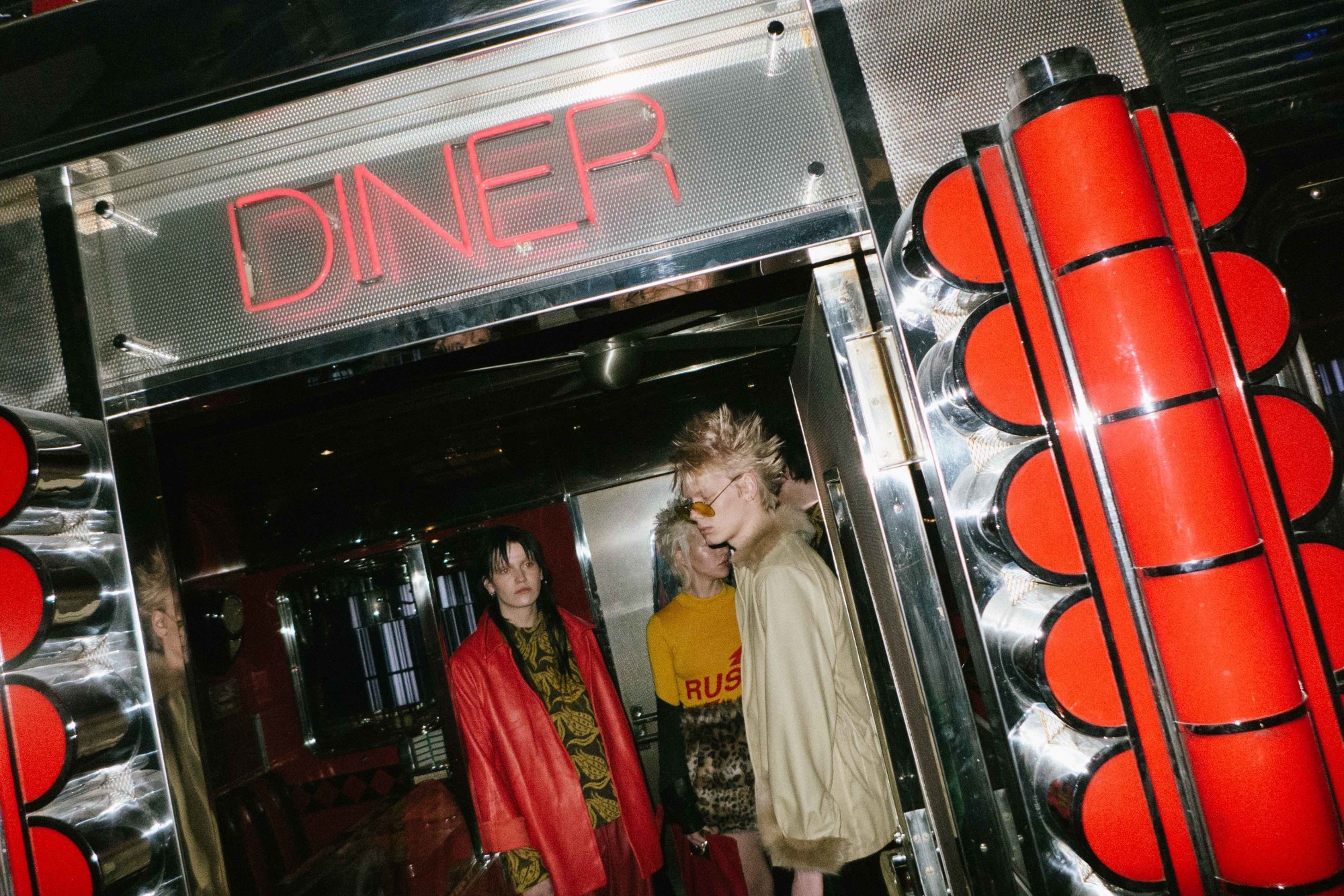
Are brave and courageous people your target group?
Our target group is anyone who likes the universe we’re creating. I think about someone — a man, a woman, a trans person — who doesn’t need personal style to express themselves, but more uses it to critique their surroundings and to help make their way through this crazy world.
What were your criteria for casting models for the first look book?
I’m a person who likes to go with my instincts. At the same time I value the family we created with our models. It’s also important to the label that we remain consistent and loyal to some of them.
How diverse can the family be, how diverse does it need to be?
I really think that designers need to underscore cultural as well as ethnic diversity these days. I think we still have room for improvement here, even if I don’t know what the correct presentation of diversity looks like exactly, or if that’s even achievable. But I’m definitely prepared to learn as much as I can, so that we can grow in a positive and conscious way.
How do you approximate “unisex” in your collections? Is there an overarching concept for both genders or is it more like all the pieces can be worn by either men or women?
I prefer the term, “ambisexuality” — it best describes our concept. Our collection includes both feminine and masculine pieces and I would like there to be a seamless connection between them. That isn’t a political statement. I currently believe that the only role gender should play in fashion is to question our assumptions about gender and to create a dialogue in an ironic way.
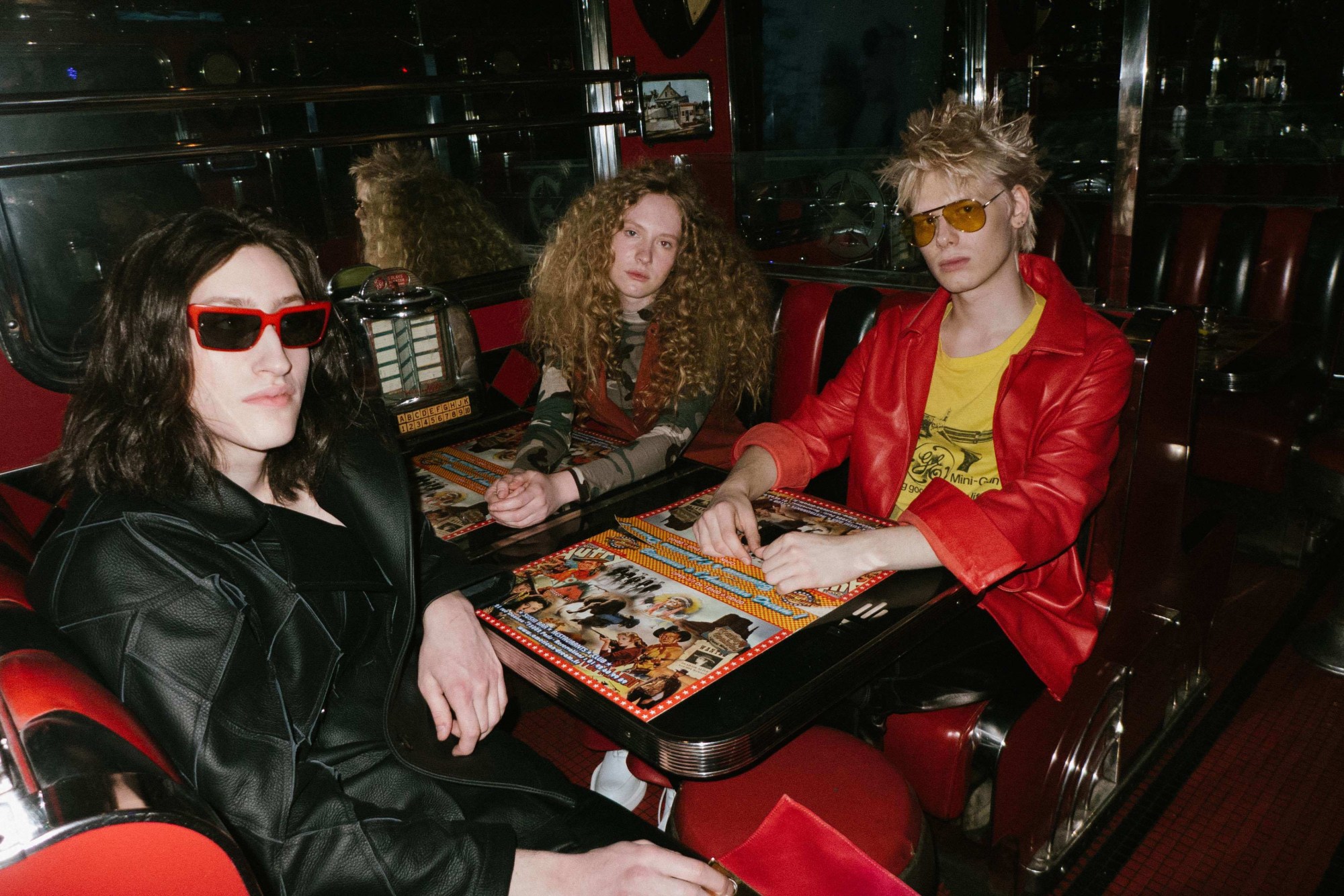
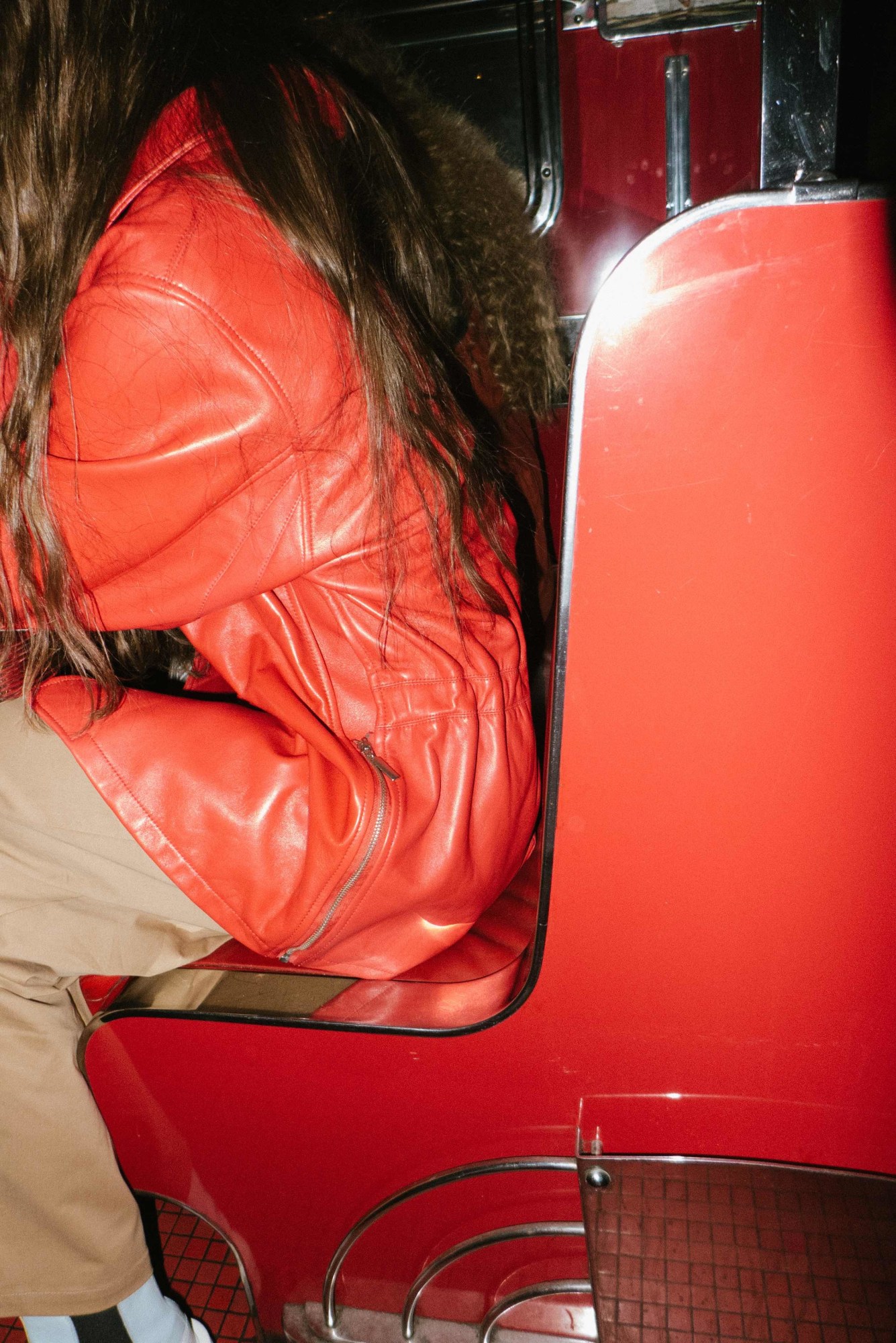
Fast cars are still a very masculine hobby. How does that influence the fashion you design and where do you get inspiration for the feminine attributes?
Interesting question. How do you generate any attributes at all? I’d also like to know. I think new interpretations of names and symbols are exciting when it comes to this.
You called your first collection The Atomic Collection –– what does the name mean?
The word ‘atomic’ is simultaneously violent and insignificant. It doesn’t describe the collection, but rather the indisputable attraction coming off of things, people, and elements.
What’s more important for the Ferrari Concept collections, the entire concept or the individual pieces of clothing?
One is just as important as the other. We’re not the kind of label you run into by accident. Our images are intrusive on purpose, they’re supposed to be evaluated and criticized. Following that, the individual pieces can’t be separated from the concept. If you buy a piece of our clothing, you’re also buying the concept behind it.
Ferrari Concept is described using many contrasts — minimalism and statement pieces, timeless and modern. How does that come through in the collection?
I like to hold onto the timelessness of modernity. I think that’s the only way to stay relevant. It’s synonymous with the modernity of the middle of the last century, the beginning of the modern, if you will. I try to combine this principle with retro stylistic elements.
Ferrari is Italian, you’re American, Ferrari Concept headquarters are in Berlin. How do the different countries and cultures influence you?
I think human nature and the way it gets integrated into various places is more interesting than the places themselves. I also can’t liberate myself from my experiences, so Ferrari Concept is in fact a combination of all the people who’ve had an effect on my life.
What can we expect after Ferrari Concept’s debut collection?
We’ve already received a lot of offers for events and collaborations with fashion and art magazines. We’ve also been asked to do exclusive collaborations with some concept stores. Me and my team are back in Berlin working on the new collection. Right now, we’re at a great point — both figuratively and literally.
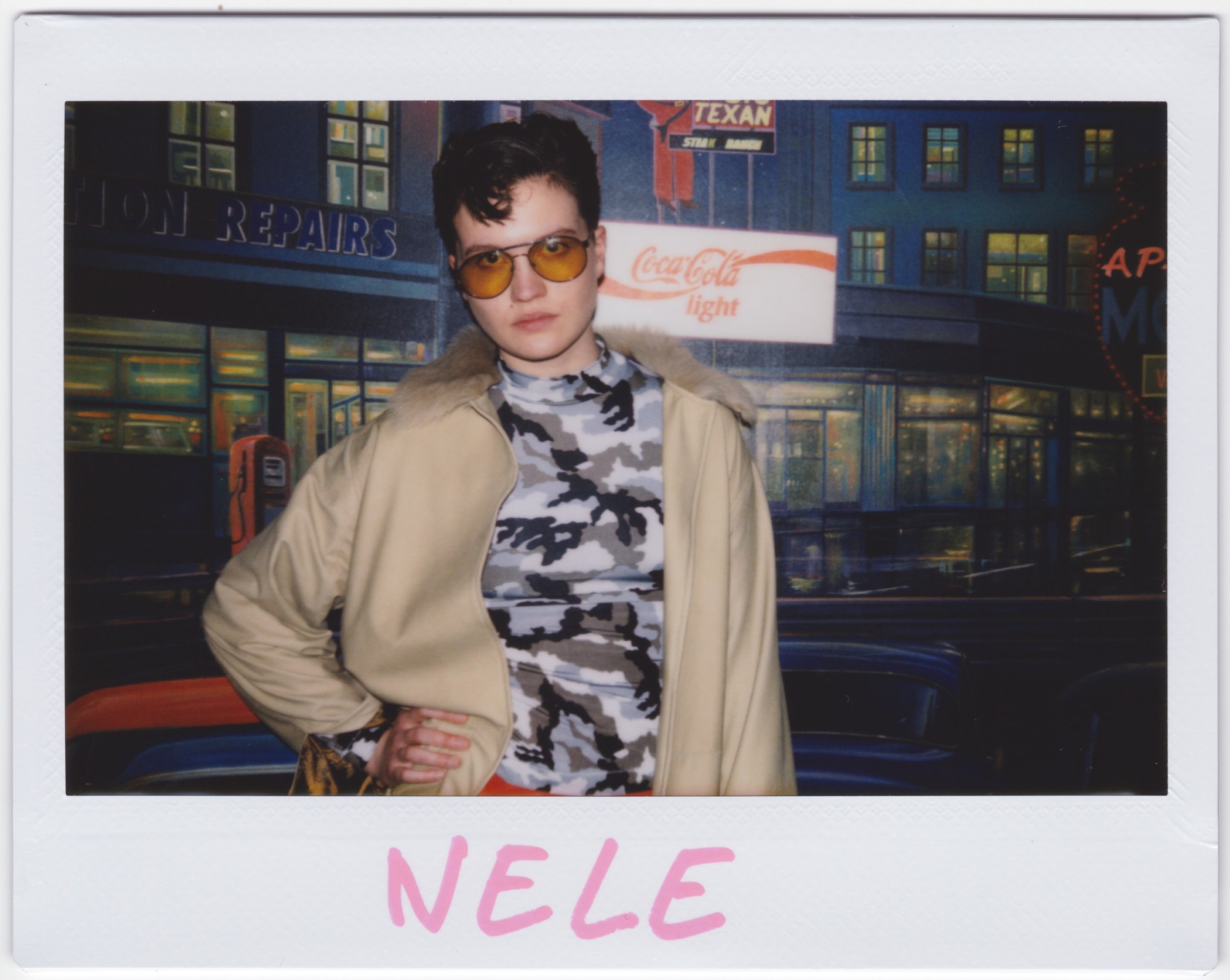
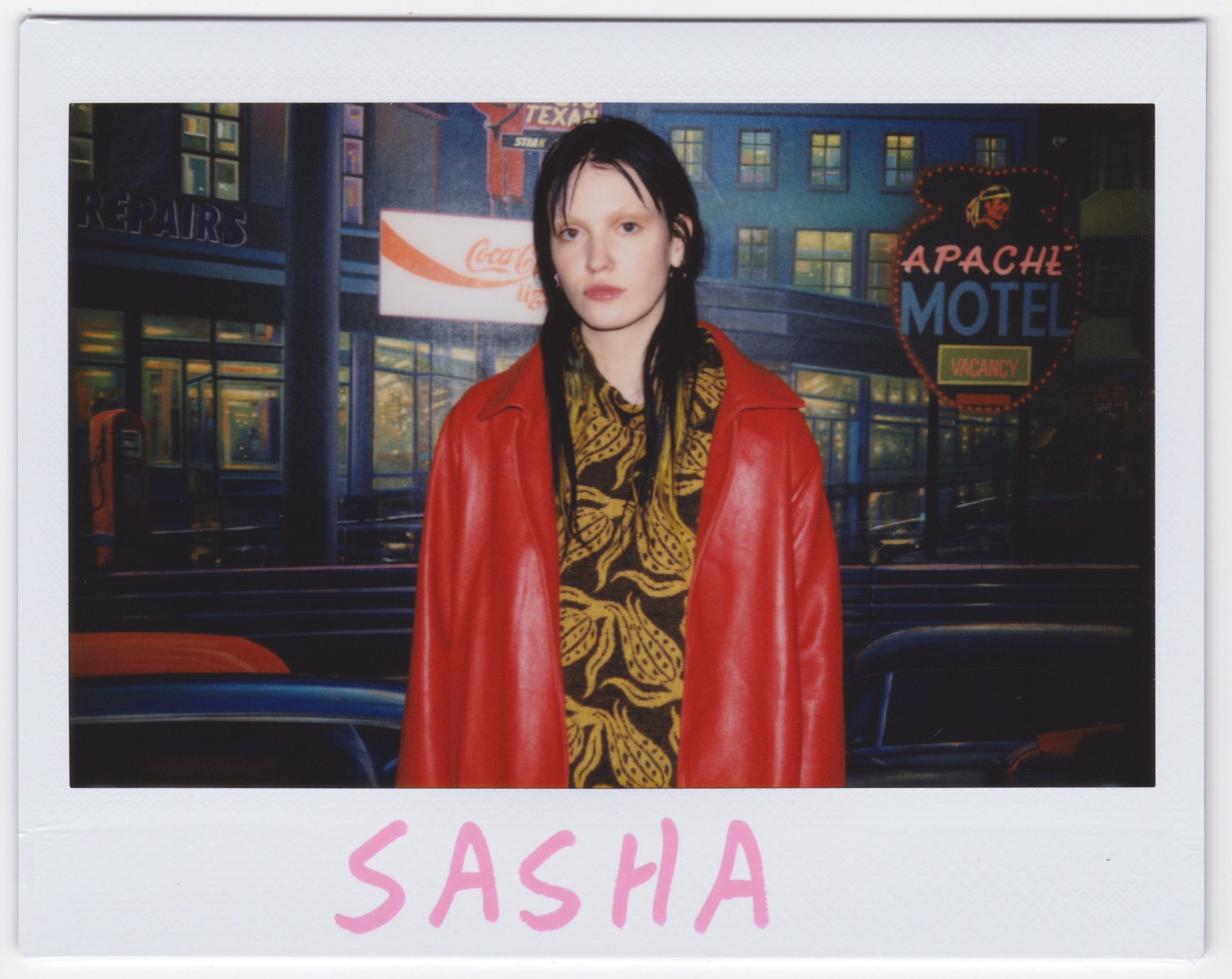
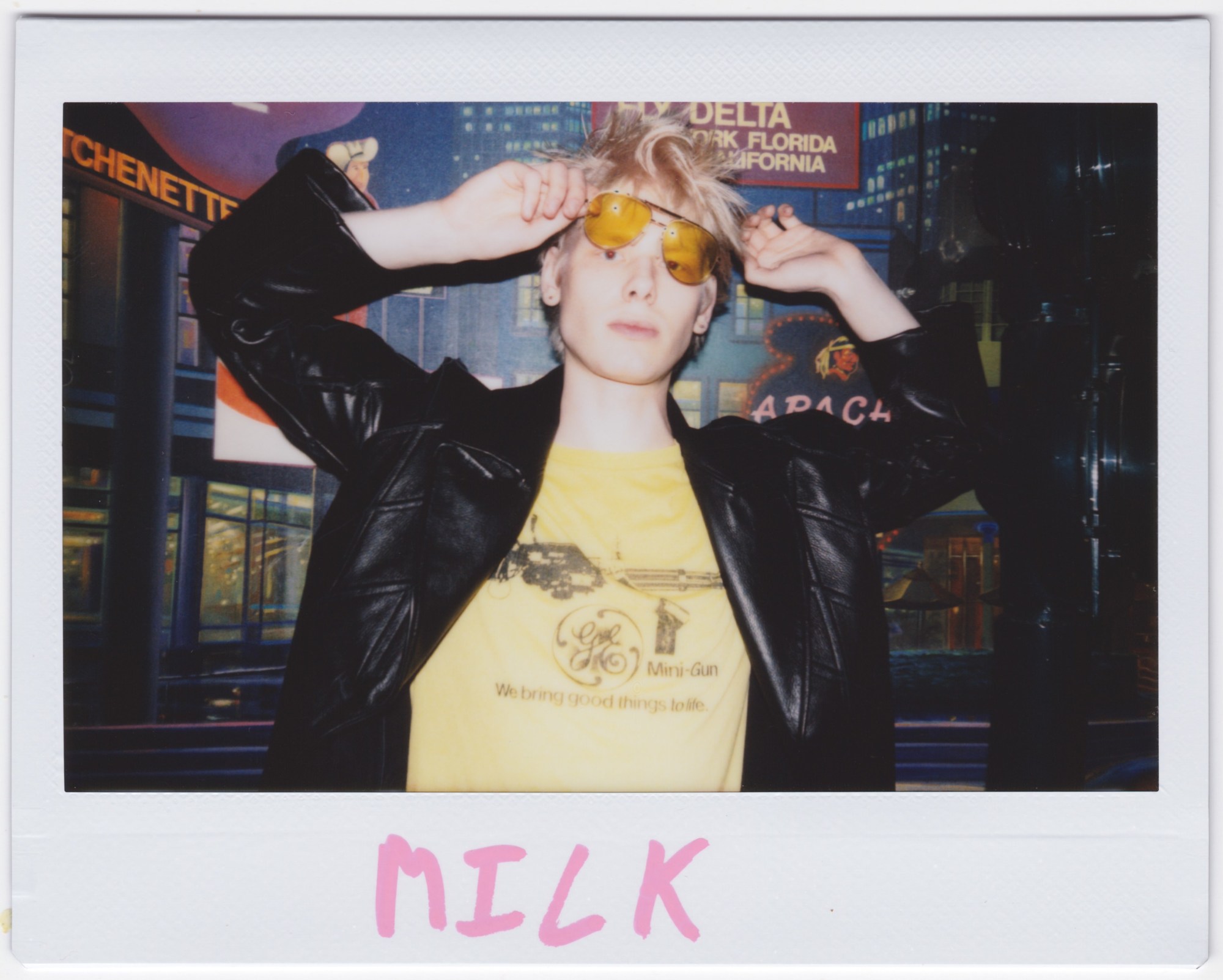
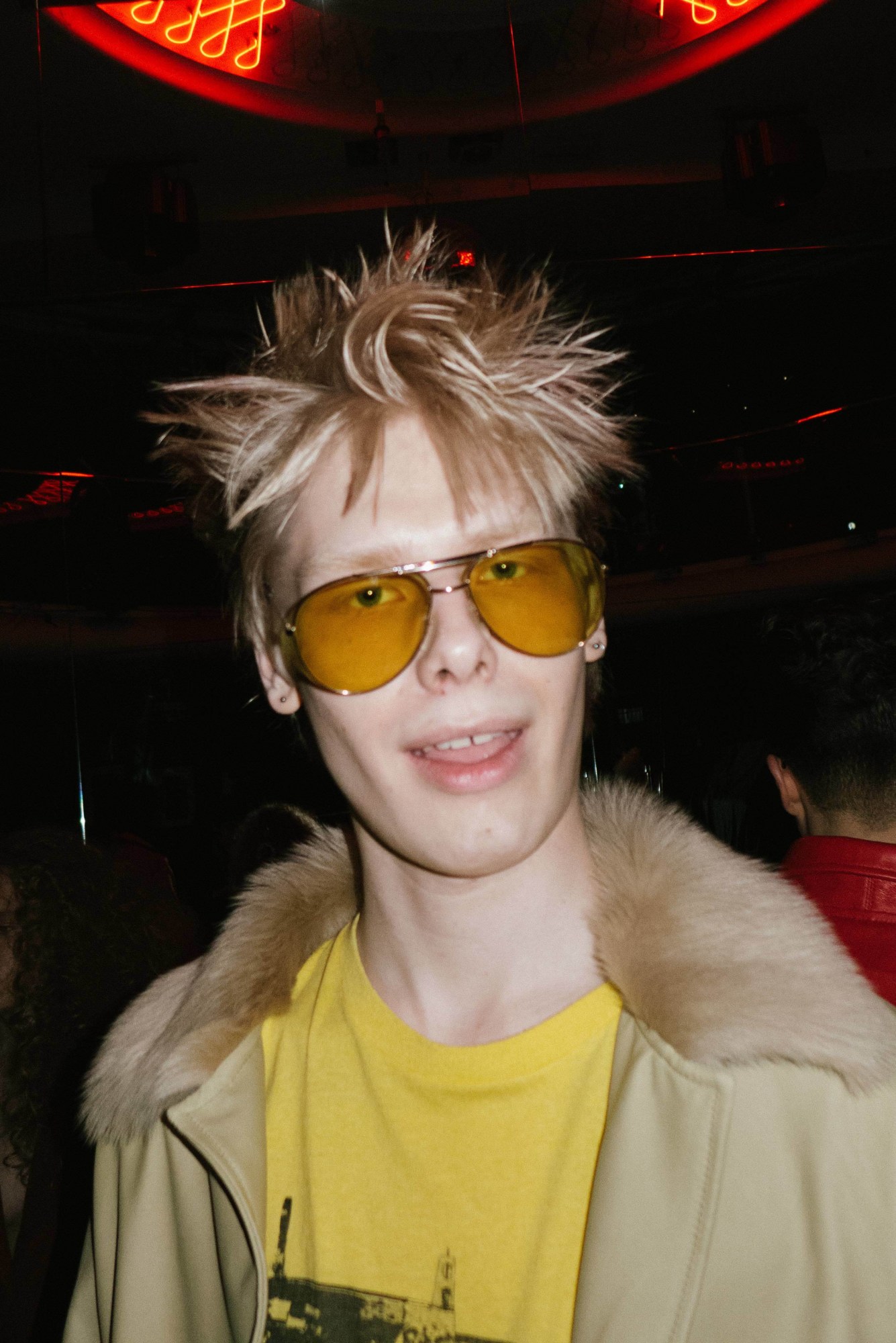
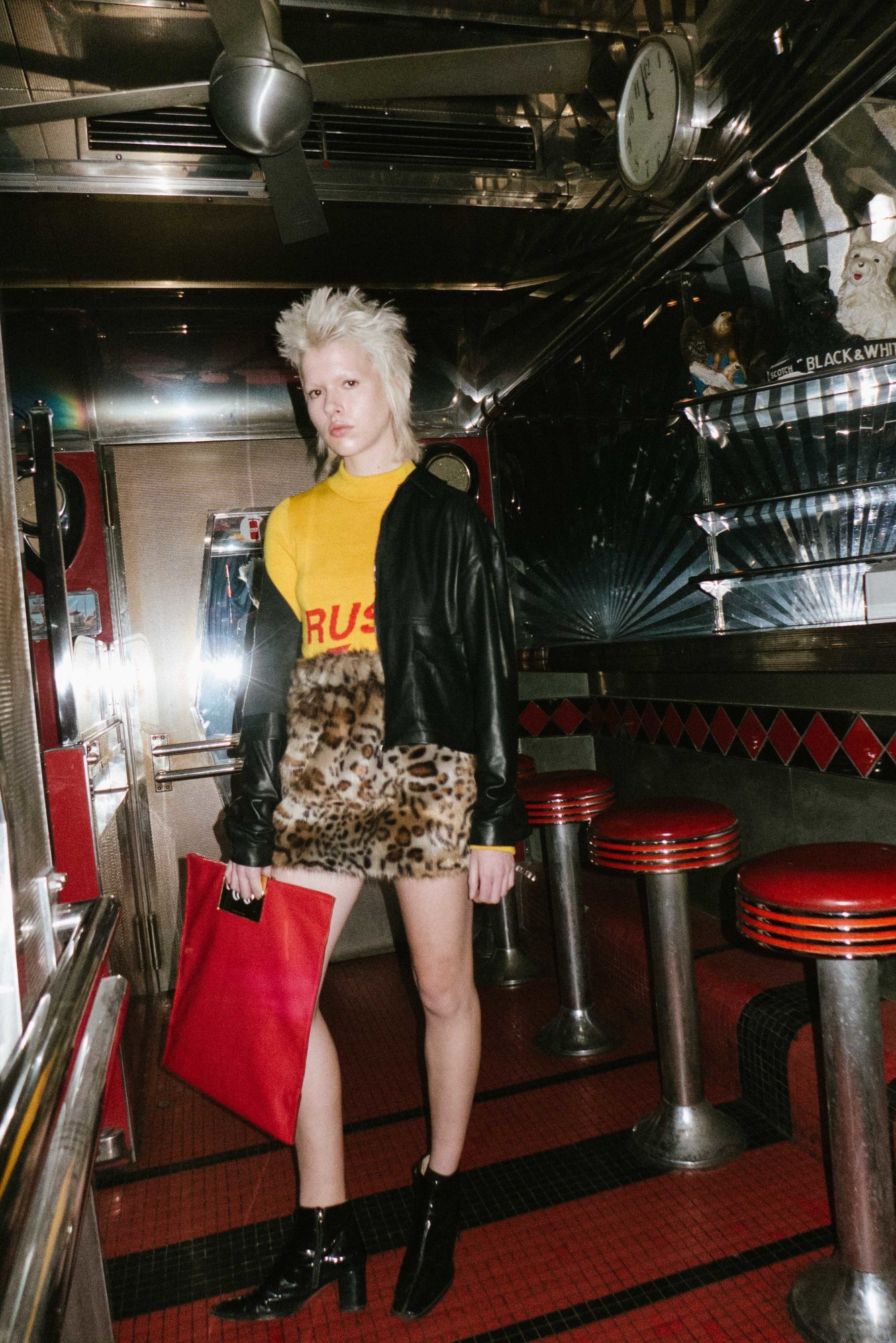
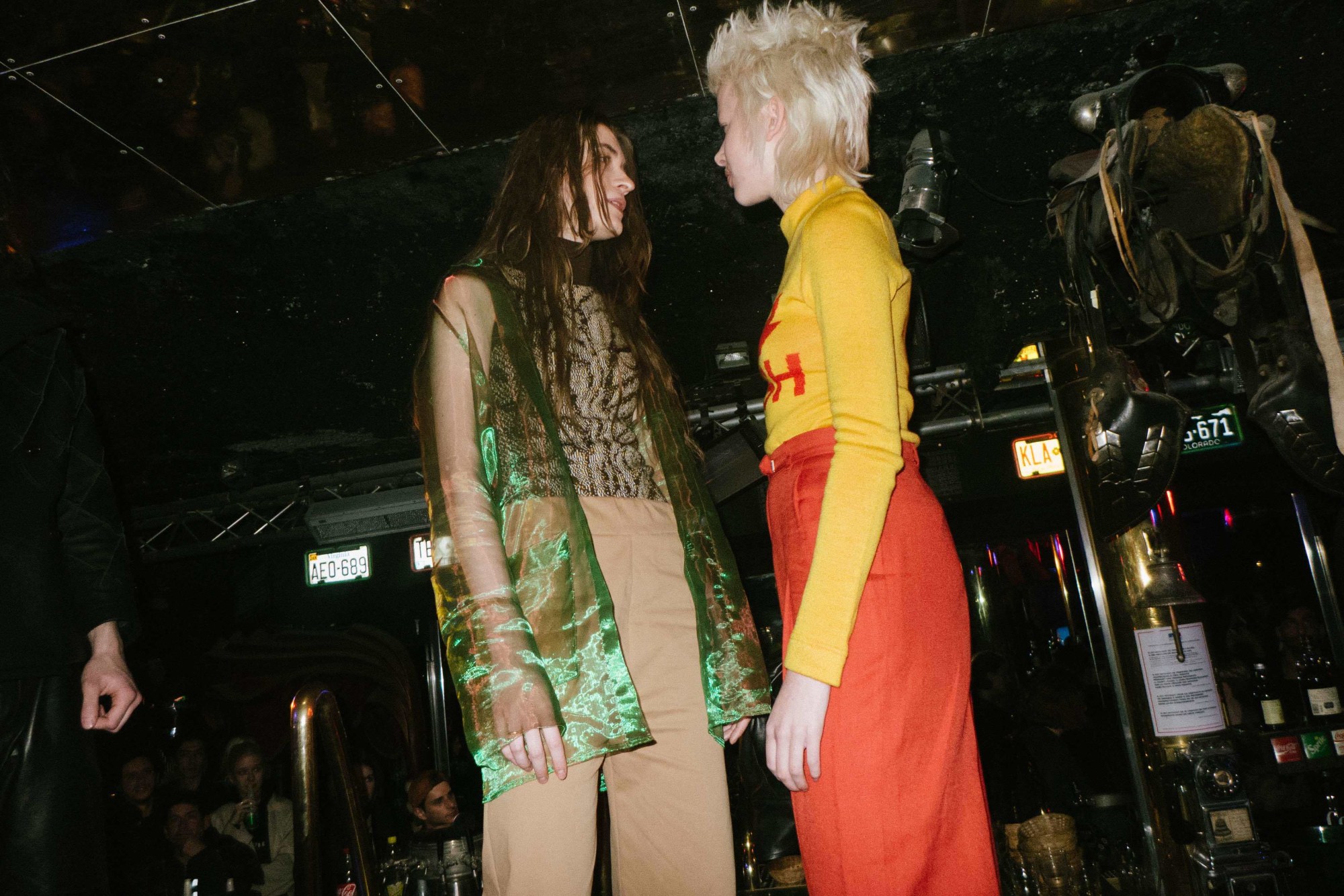
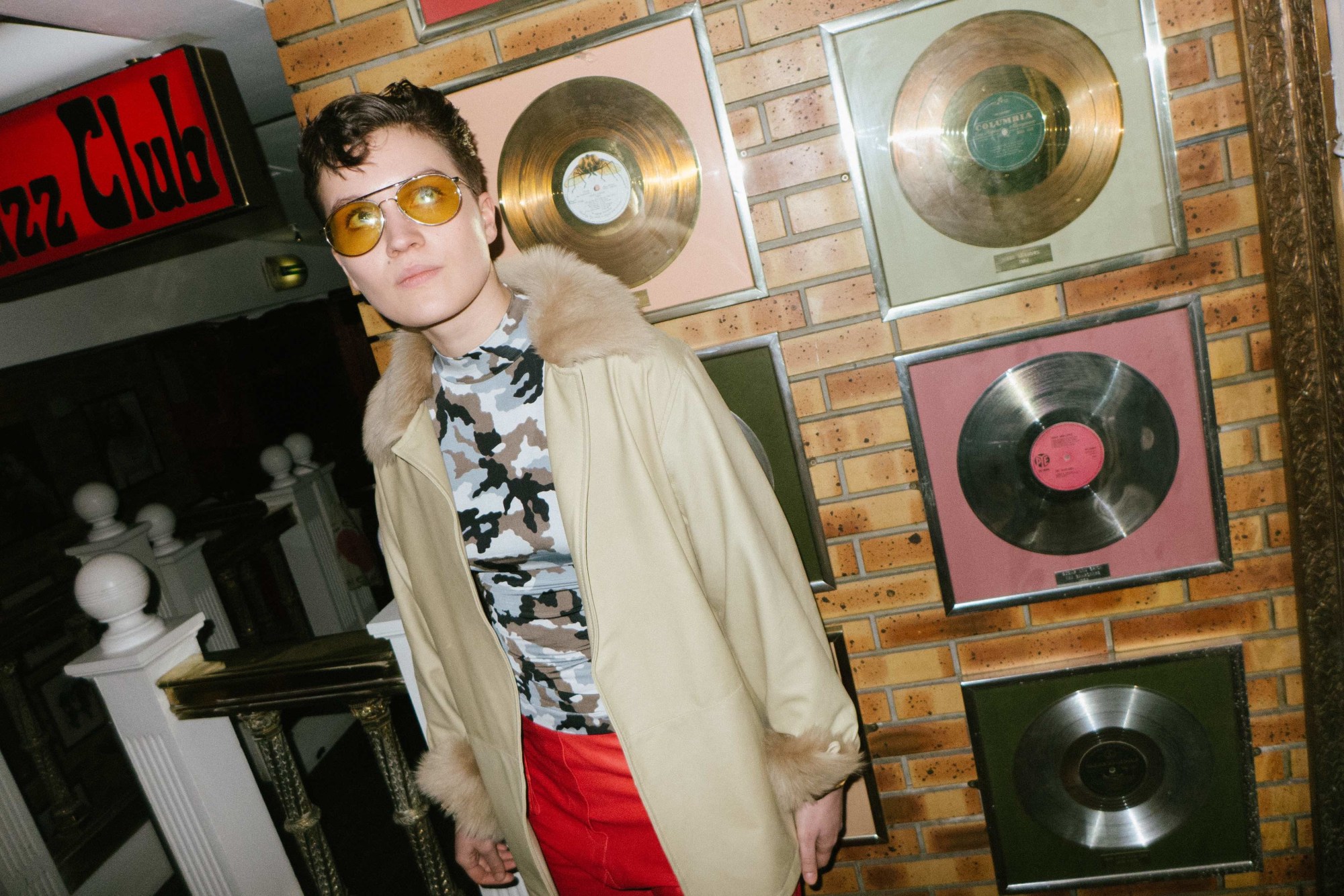
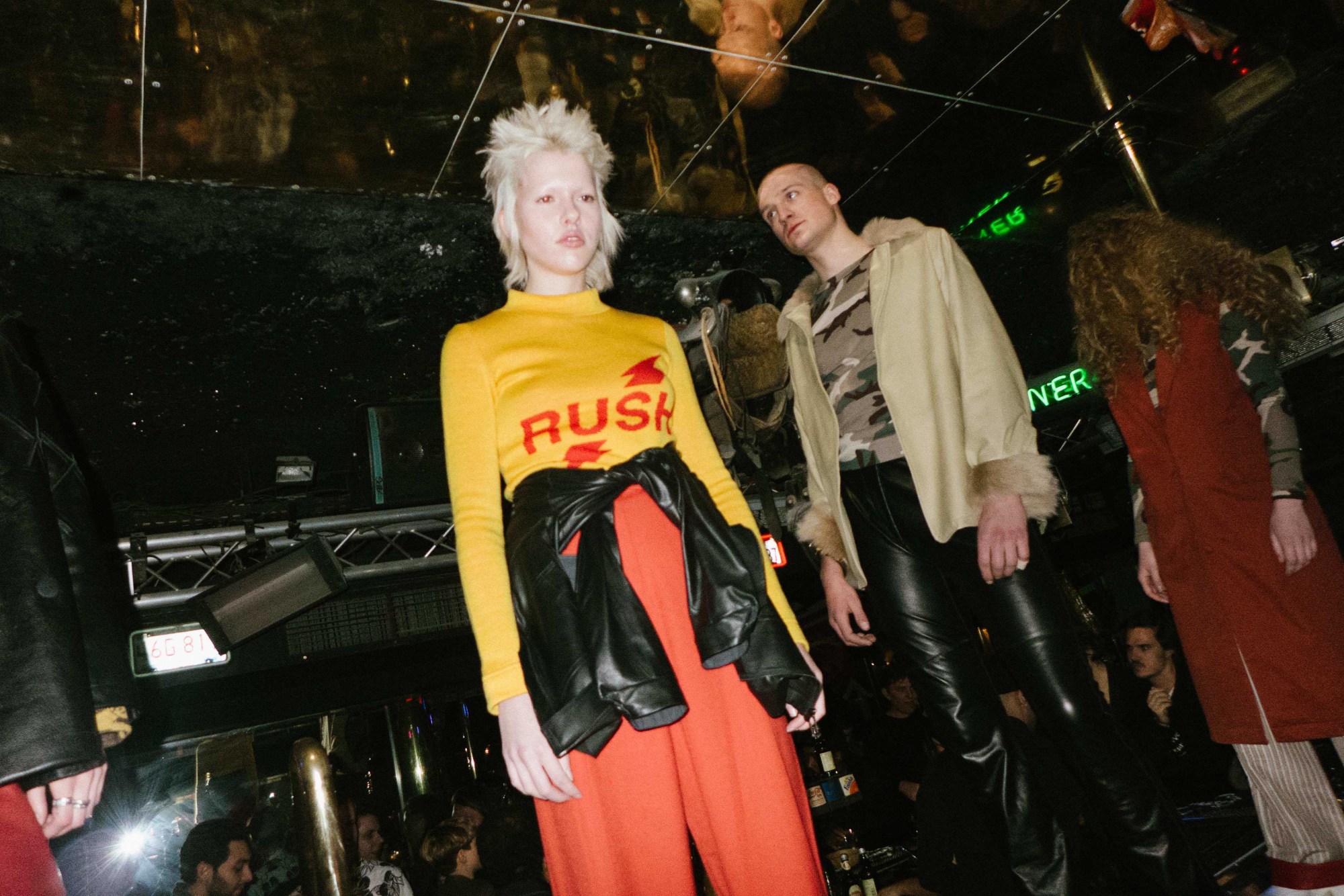
Credits
Text Lisa Riehl
Photography Yulya Shadrinsky
Styling Erik Raynal
Production Margo Kirlan, Oleksandra Knyr
